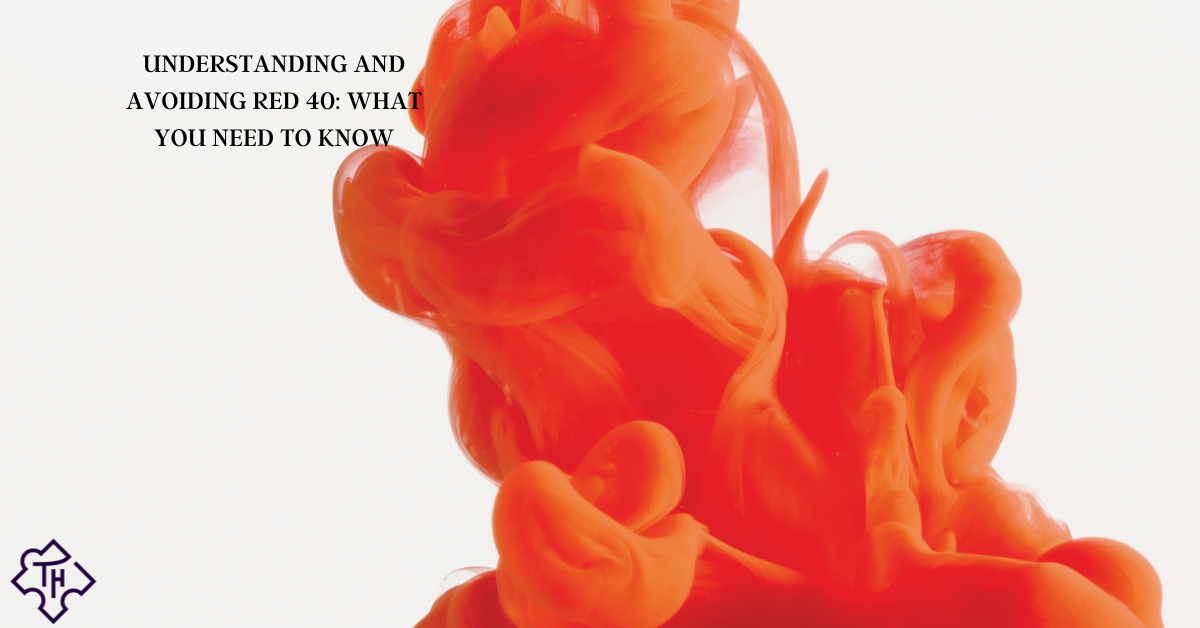Understanding and Avoiding Red 40: What You Need to Know
Introduction
In today’s health-conscious world, understanding the ingredients in our food and personal care products is more important than ever. One such ingredient that often sparks debate is Red 40, a synthetic dye used in various products. This blog post aims to shed light on what Red 40 is, why you might want to avoid it, and how to do so effectively.
What is Red 40?
Red 40, also known as Allura Red AC, is a synthetic colorant derived from petroleum byproducts or coal tar derivatives. It’s a common ingredient in many food items, cosmetics, and medications, imparting a vibrant red hue. Despite its widespread use, Red 40 has raised health concerns, leading some consumers to seek alternatives.
Why Avoid Red 40?
- Health Concerns: Research has linked artificial food dyes to various health issues. Although definitive conclusions are yet to be drawn, some studies suggest a potential connection between synthetic dyes like Red 40 and hyperactivity in children, allergic reactions, and other health problems.
- Artificial Nature: For those pursuing a natural or “clean eating” lifestyle, Red 40, being a synthetic product, is often avoided. There’s a growing preference for foods and products that contain ingredients sourced from nature.
- Environmental Impact: The production of synthetic dyes, including Red 40, can have environmental implications, given their petroleum-based origin and the chemical processes involved.
How to Avoid Red 40
- Read Labels Carefully: This is the most straightforward way to avoid Red 40. Check the ingredients list on food products, cosmetics, and medications. Look for names like Allura Red AC, Red 40, or FD&C Red No. 40.
- Choose Natural Alternatives: Opt for products that use natural colorants. Beetroot, elderberry, and paprika are common natural sources of red coloring.
- Go Organic: Organic products are less likely to contain synthetic dyes like Red 40. While not a guarantee, opting for organic can reduce your exposure to artificial additives.
- Educate Yourself: Stay informed about the products you use and the ingredients they contain. Knowledge is power when it comes to making healthier choices.
- Home Cooking: Preparing meals from scratch allows you to control what goes into your food, helping you avoid unwanted additives like Red 40.
While Red 40 is approved for use and remains a common ingredient in many products, concerns about its health and environmental impacts are valid. By being vigilant about the products we choose and opting for natural alternatives, we can reduce our exposure to synthetic dyes like Red 40. Ultimately, the choice to avoid Red 40 should align with your personal health goals and lifestyle preferences. Remember, informed choices lead to healthier living.

